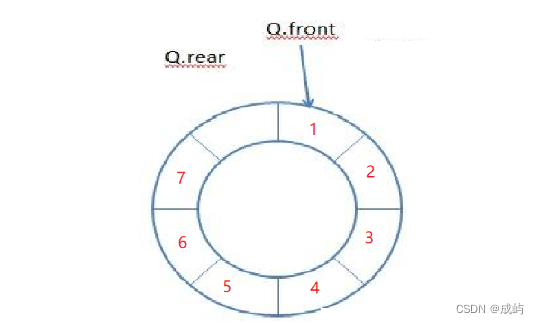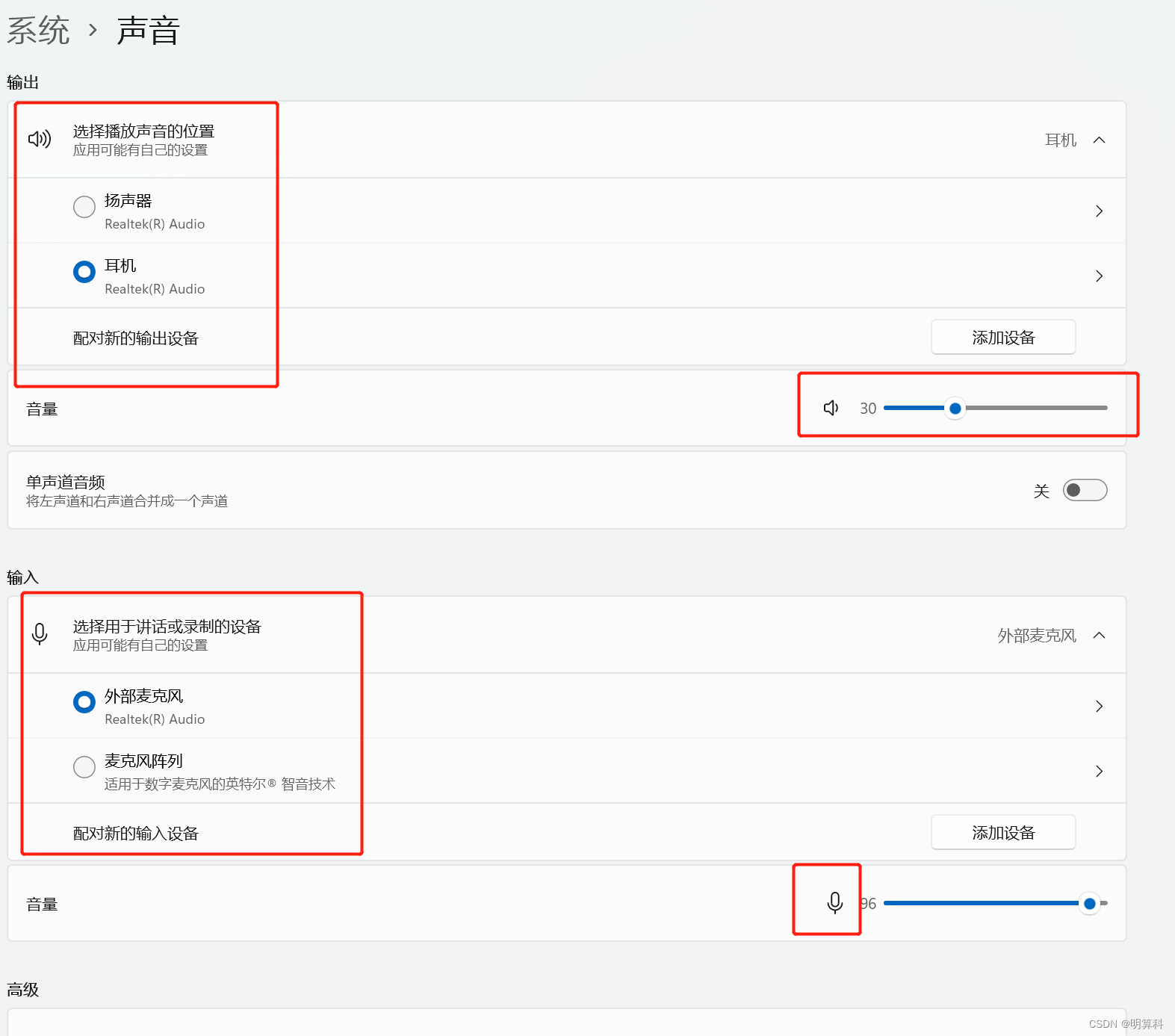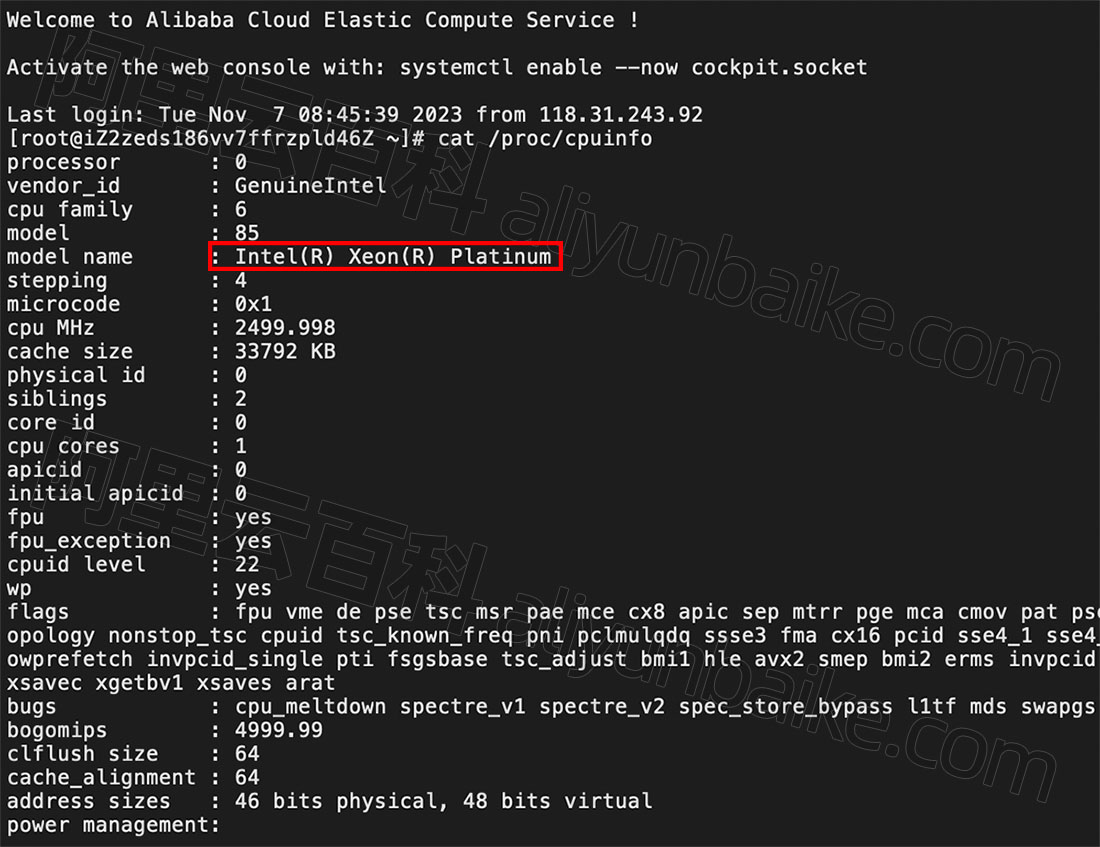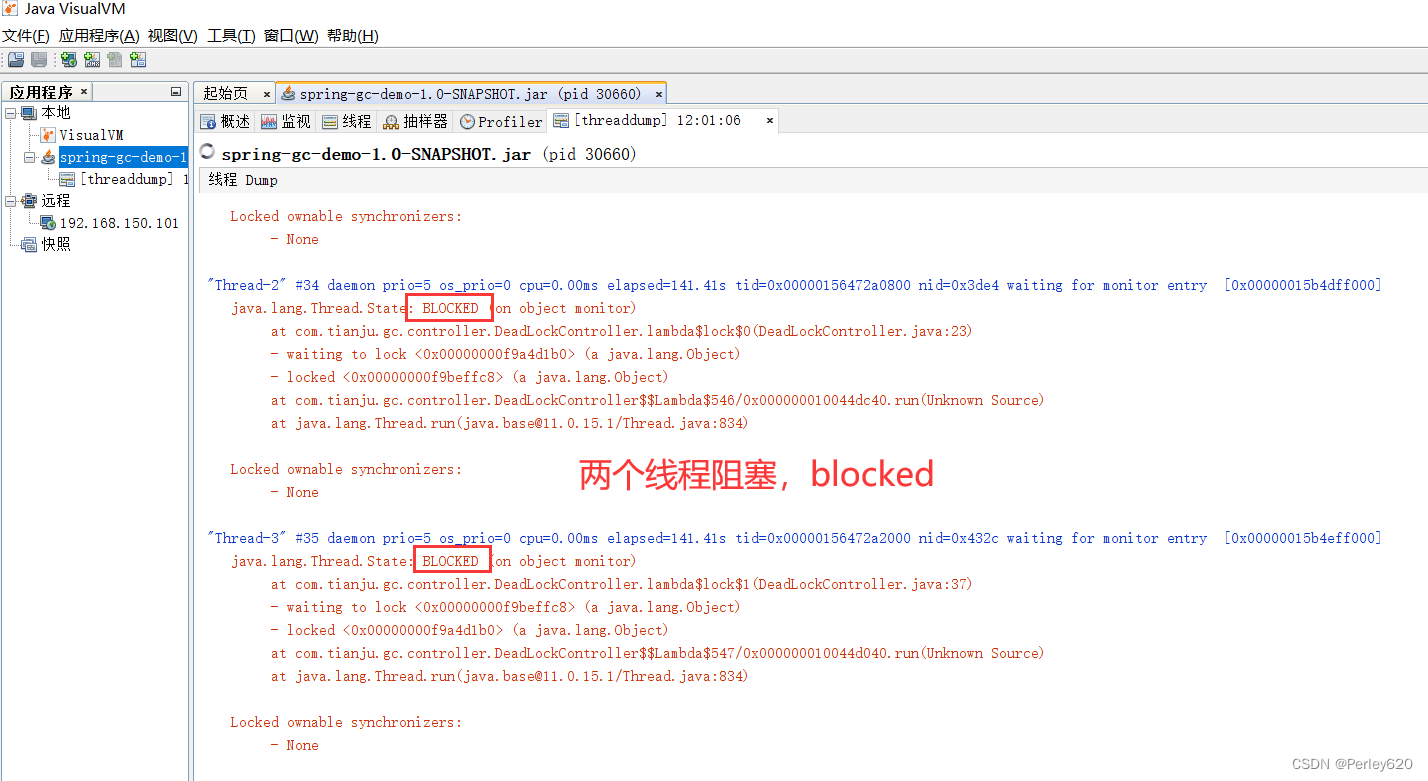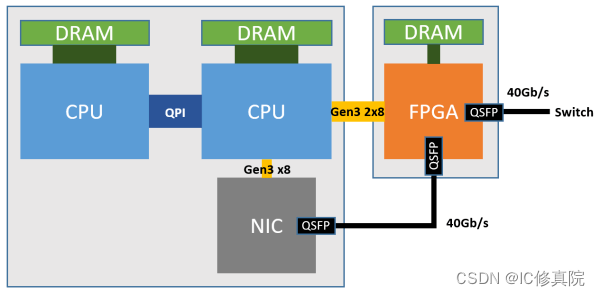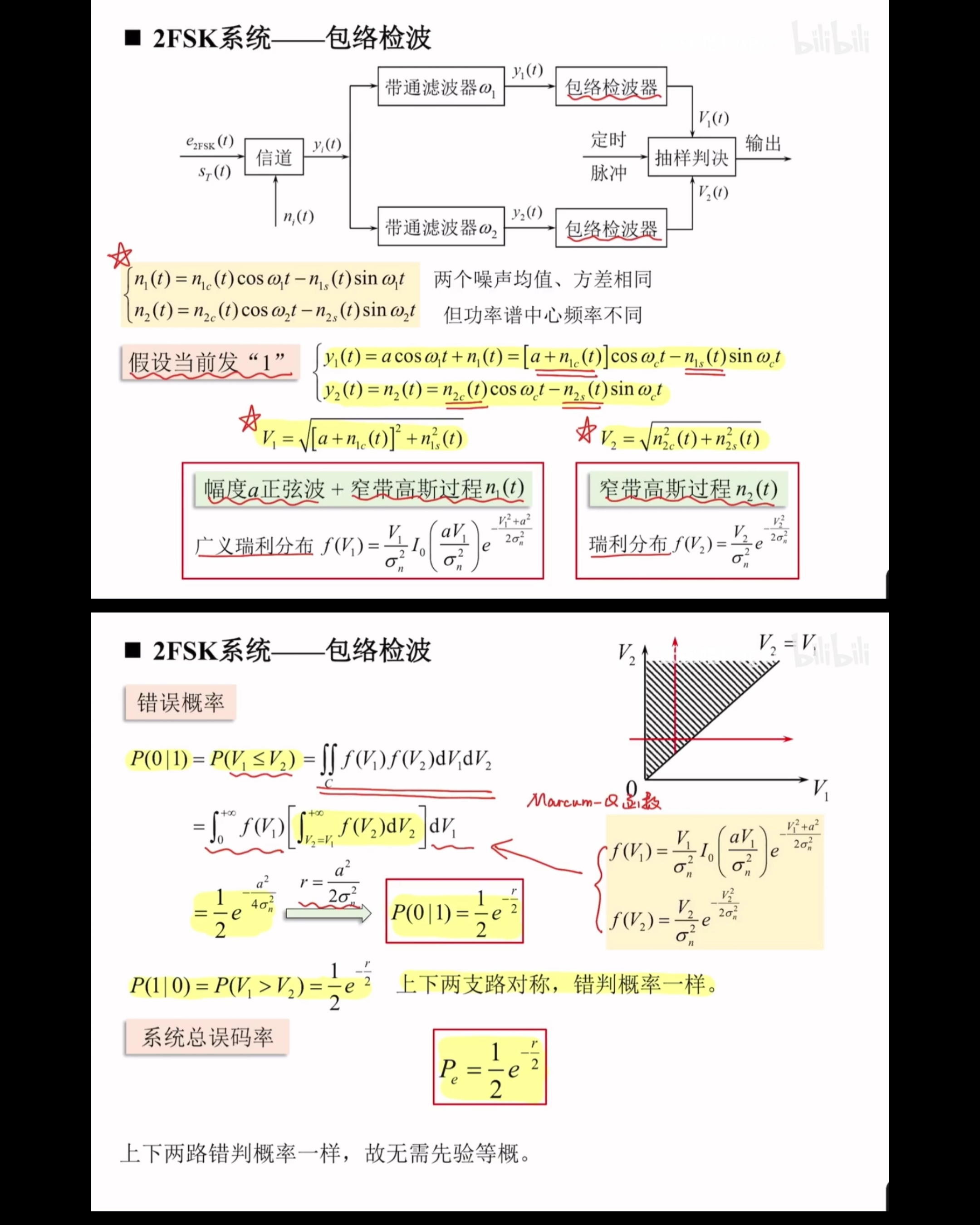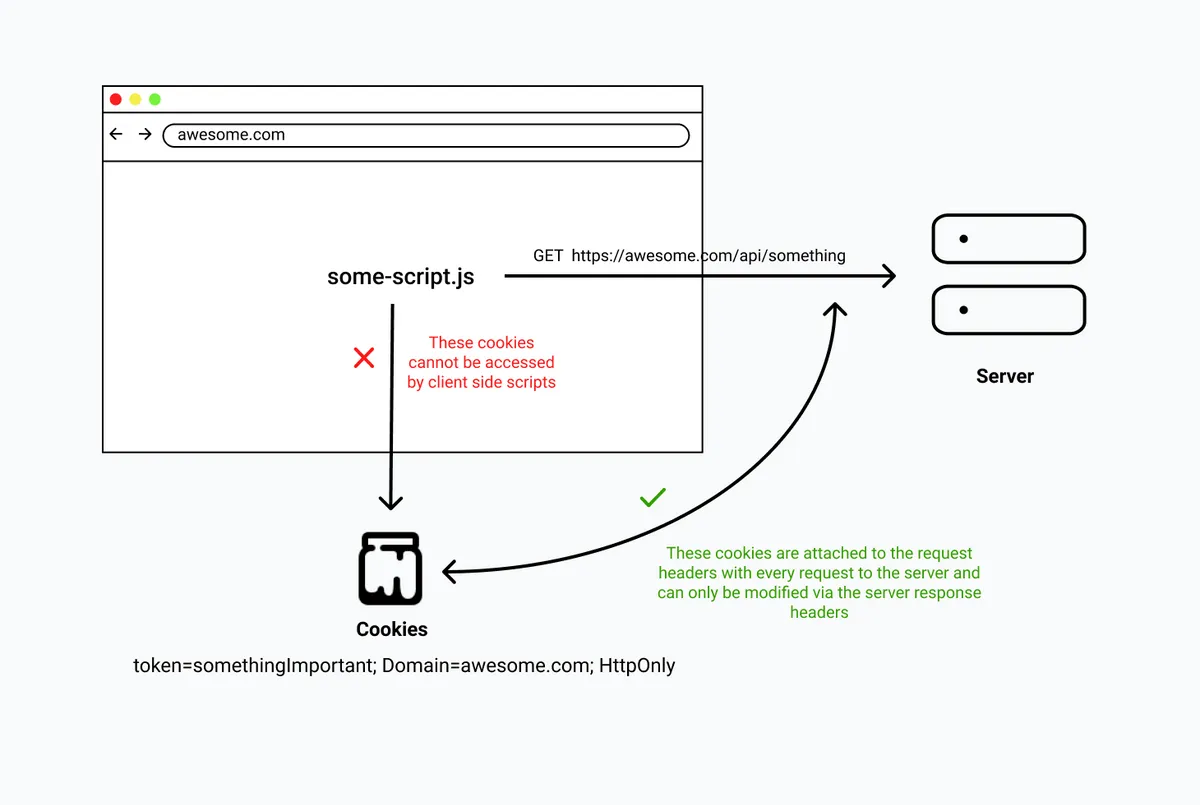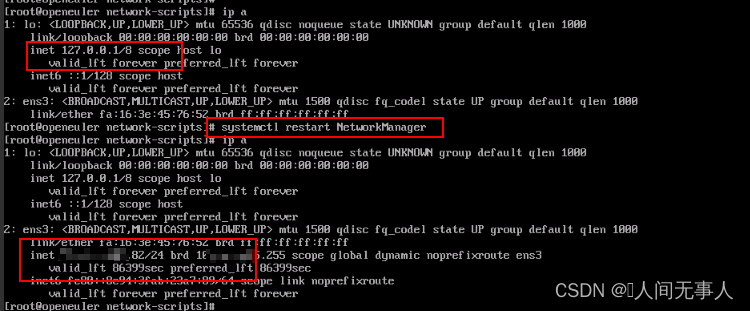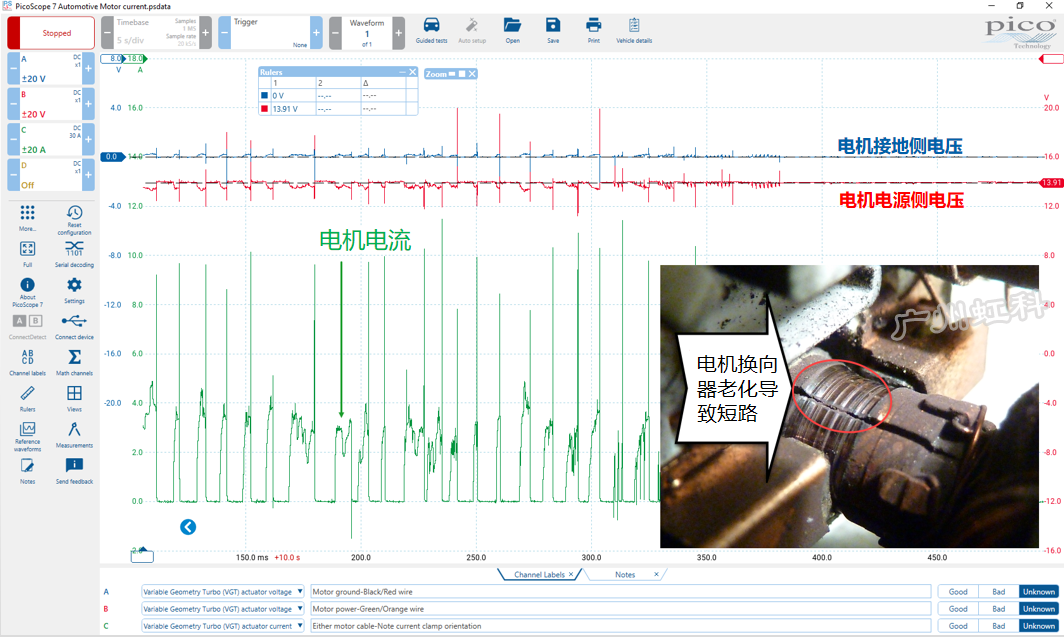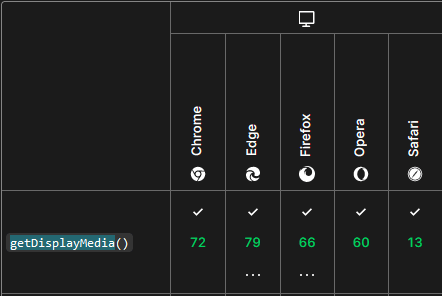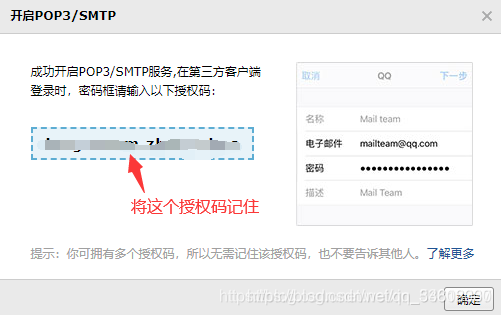目录
有效的括号
用队列实现栈
用栈实现队列
设计循环队列
有效的括号
题目链接:力扣(LeetCode)
思路: 这道题可以用栈来解决,先让字符串中的左括号' ( ',' [ ',' { '入栈,s指向字符串下一个字符,如果该字符也是左括号,那就继续入栈,如果是右括号,那就让其与栈顶元素相匹配(每次都要弹出栈顶元素),匹配上了,继续循环,匹配不上就返回false,注意在每次返回false之前都要销毁栈。
还要考虑极端情况,如果全是左括号,我们要在代码最后进行判空,不为空,返回false,同时,这次判空也能解决前面几对都匹配上,只有最后一个左括号没匹配上的问题(例如:"()[]{}{")。
如果全是右括号,说明整个过程中没有入栈元素,此时判空,如果为空返回false,同时,这次判空也能解决前面几对都匹配上,只有最后一个右括号没匹配上的问题(例如:"()[]{}}")。
如果用C语言来解题的话,栈需要自己写。
代码如下:
typedef int STDatatype;
typedef struct Stack
{
STDatatype* a;
int top;
int capacity;
}ST;
//初始化栈
void STInit(ST* pst)
{
assert(pst);
pst->a = NULL;
pst->top = 0;
pst->capacity = 0;
}
//入栈
void STPush(ST* pst, STDatatype x)
{
//开辟空间
if (pst->top == pst->capacity)
{
int newcapacity = pst->capacity == 0 ? 4 : pst->capacity * 2;
STDatatype* tmp = (STDatatype*)realloc(pst->a, sizeof(STDatatype) * newcapacity);
if (tmp == NULL)
{
perror("realloc fail");
return;
}
pst->a = tmp;
pst->capacity = newcapacity;
}
//插入
pst->a[pst->top] = x;
pst->top++;
}
//判空函数
bool STEmpty(ST* pst)
{
assert(pst);
return pst->top == 0;
}
//出栈
void STPop(ST* pst)
{
assert(pst);
assert(!STEmpty(pst));
pst->top--;
}
//获取栈顶元素
STDatatype STTop(ST* pst)
{
assert(pst);
assert(!STEmpty(pst));
return pst->a[pst->top - 1];
}
//获取栈中有效数据的个数
int STSize(ST* pst)
{
assert(pst);
return pst->top;
}
//销毁栈
void STDestory(ST* pst)
{
assert(pst);
free(pst->a);
pst->a = NULL;
pst->top = pst->capacity = 0;
}
bool isValid(char* s) {
ST st;
STInit(&st);
while(*s)
{
if(*s=='('||*s=='['||*s=='{')
{
STPush(&st,*s);
}
else
{
if(STEmpty(&st))
{
STDestory(&st);
return false;
}
char top=STTop(&st);
STPop(&st);
if((top!='('&&*s==')')
||(top!='['&&*s==']')
||(top!='{'&&*s=='}'))
{
STDestory(&st);
return false;
}
}
++s;
}
bool ret=STEmpty(&st);
STDestory(&st);
return ret;
}用队列实现栈
题目链接:力扣(LeetCode)
思路:队列是先入先出,栈是先入后出,要用队列实现栈,我们可以定义两个栈q1和q2,当它们都为空时,随便选一个存入数据,假设q1中有数据1 2 3 4,我们可以把q1中的1 2 3 push进q2中,然后把q1中的4 pop出去,接着把q2中的1 2 push进q1,然后把q2中的3 pop出去,这样循环在q1和q2中倒数据,就实现了4 3 2 1依次出栈,即先入后出。
当我们在出栈的同时,想要入栈,就把数据push进有数据的队列即可。
想要用C语言做这道题,队列的实现代码也要自己写。
注意,我们下列代码是结构体的三层嵌套,所以销毁时要先销毁q1和q2,再销毁obj,如果只销毁obj,由于我们的队列q1和q2中分别有两个头尾指针还有节点,会造成内存泄漏的问题。
它们的关系图如下:
代码如下:
typedef int QDatatype;
typedef struct QueueNode
{
struct QueueNode* next;
QDatatype data;
}QNode;
typedef struct Queue
{
QNode* phead;
QNode* ptail;
int size;
}Queue;
//初始化队列
void QueueInit(Queue* pq)
{
pq->phead = NULL;
pq->ptail = NULL;
pq->size = 0;
}
//队尾入队列
void QueuePush(Queue* pq, QDatatype x)
{
assert(pq);
QNode* newnode = (QNode*)malloc(sizeof(QNode));
if (newnode == NULL)
{
perror("malloc fail");
return;
}
newnode->data = x;
newnode->next = NULL;
if (pq->ptail == NULL)
{
assert(pq->phead == NULL);
pq->phead = pq->ptail=newnode;
}
else
{
pq->ptail->next = newnode;
pq->ptail = newnode;
}
pq->size++;
}
//判空函数
bool QueueEmpty(Queue* pq)
{
assert(pq);
return pq->size ==0 ;
}
//队头出队列
void QueuePop(Queue* pq)
{
assert(pq);
assert(!QueueEmpty(pq));
//一个节点
//多个节点
if (pq->phead->next == NULL)
{
free(pq->phead);
pq->phead = pq->ptail= NULL;
}
else
{
QNode* next = pq->phead->next;
free(pq->phead);
pq->phead = next;
}
pq->size--;
}
//获取队列头部元素
QDatatype QueueFront(Queue* pq)
{
assert(pq);
assert(!QueueEmpty(pq));
return pq->phead->data;
}
//获取队列尾部元素
QDatatype QueueBack(Queue* pq)
{
assert(pq);
assert(!QueueEmpty(pq));
return pq->ptail->data;
}
//获取队列中有效元素个数
int Queuesize(Queue* pq)
{
assert(pq);
return pq->size;
}
//销毁队列
void DestoryQueue(Queue* pq)
{
assert(pq);
while (pq->phead)
{
QNode* next = pq->phead->next;
free(pq->phead);
pq->phead = next;
}
pq->phead = pq->ptail = NULL;
pq->size = 0;
}
typedef struct {
Queue q1;
Queue q2;
} MyStack;
MyStack* myStackCreate() {
MyStack* obj=(MyStack*)malloc(sizeof(MyStack));
if(obj==NULL)
{
perror("malloc fail");
return NULL;
}
QueueInit(&obj->q1);
QueueInit(&obj->q2);
return obj;
}
void myStackPush(MyStack* obj, int x) {
if(!QueueEmpty(&obj->q1))
{
QueuePush(&obj->q1,x);
}
else
{
QueuePush(&obj->q2,x);
}
}
int myStackPop(MyStack* obj) {
Queue* pemptyq=&obj->q1;
Queue* pnoemptyq=&obj->q2;
if(!QueueEmpty(&obj->q1))
{
pemptyq=&obj->q2;
pnoemptyq=&obj->q1;
}
while(Queuesize(pnoemptyq)>1)
{
QueuePush(pemptyq,QueueFront(pnoemptyq));
QueuePop(pnoemptyq);
}
int top=QueueFront(pnoemptyq);
QueuePop(pnoemptyq);
return top;
}
int myStackTop(MyStack* obj) {
if(!QueueEmpty(&obj->q1))
return QueueBack(&obj->q1);
else
return QueueBack(&obj->q2);
}
bool myStackEmpty(MyStack* obj) {
assert(obj);
return QueueEmpty(&obj->q1)&&QueueEmpty(&obj->q2);
}
void myStackFree(MyStack* obj) {
DestoryQueue(&obj->q1);
DestoryQueue(&obj->q2);
free(obj);
}用栈实现队列
题目链接:力扣(LeetCode)
思路:这道题用上道题的思路也能实现,但是过于复杂。
简单思路:我们定义两个栈pushst和popst,栈中数据遵循先入后出的原则,如果在pushst中push进去1 2 3 4,那他从栈顶到栈底依次是 4 3 2 1 ,但是如果我们把pushst中的数据再push进popst中,那popst中从栈顶到栈底依次是 1 2 3 4,此时我们只要将popst中的数据按照栈本身先入后出的原则pop出去,就是1 2 3 4,这样就实现了先入先出。如下图:
当我们在出队列的同时,想要入队列,要先等popst中的数据出完才行,所以当popst为空,pushst不为空时,才能把pushst中的数据往popst中push。
代码如下:
typedef int STDatatype;
typedef struct Stack
{
STDatatype* a;
int top;
int capacity;
}ST;
//初始化栈
void STInit(ST* pst)
{
assert(pst);
pst->a = NULL;
pst->top = 0;
pst->capacity = 0;
}
//入栈
void STPush(ST* pst, STDatatype x)
{
//开辟空间
if (pst->top == pst->capacity)
{
int newcapacity = pst->capacity == 0 ? 4 : pst->capacity * 2;
STDatatype* tmp = (STDatatype*)realloc(pst->a, sizeof(STDatatype) * newcapacity);
if (tmp == NULL)
{
perror("realloc fail");
return;
}
pst->a = tmp;
pst->capacity = newcapacity;
}
//插入
pst->a[pst->top] = x;
pst->top++;
}
//判空函数
bool STEmpty(ST* pst)
{
assert(pst);
return pst->top == 0;
}
//出栈
void STPop(ST* pst)
{
assert(pst);
assert(!STEmpty(pst));
pst->top--;
}
//获取栈顶元素
STDatatype STTop(ST* pst)
{
assert(pst);
assert(!STEmpty(pst));
return pst->a[pst->top - 1];
}
//获取栈中有效数据的个数
int STSize(ST* pst)
{
assert(pst);
return pst->top;
}
//销毁栈
void STDestory(ST* pst)
{
assert(pst);
free(pst->a);
pst->a = NULL;
pst->top = pst->capacity = 0;
}
typedef struct {
ST pushst;
ST popst;
} MyQueue;
MyQueue* myQueueCreate() {
MyQueue*obj=(MyQueue*)malloc(sizeof(MyQueue));
if(obj==NULL)
{
perror("malloc fail\n");
return NULL;
}
STInit(&obj->pushst);
STInit(&obj->popst);
return obj;
}
void myQueuePush(MyQueue* obj, int x) {
STPush(&obj->pushst,x);
}
int myQueuePop(MyQueue* obj) {
int front= myQueuePeek(obj);
STPop(&obj->popst);
return front;
}
int myQueuePeek(MyQueue* obj) {
if(STEmpty(&obj->popst))
{
while(!STEmpty(&obj->pushst))
{
STPush(&obj->popst,STTop(&obj->pushst));
STPop(&obj->pushst);
}
}
return STTop(&obj->popst);
}
bool myQueueEmpty(MyQueue* obj) {
assert(obj);
return STEmpty(&obj->pushst)&&STEmpty(&obj->popst);
}
void myQueueFree(MyQueue* obj) {
STDestory(&obj->pushst);
STDestory(&obj->popst);
free(obj);
}设计循环队列
题目链接:力扣(LeetCode)
思路: 本题用数组队列和链表队列都能实现,在这里我们使用数组队列,首先,要设计一个循环队列,我们就要知道队列什么时候满,什么时候空,空很容易判断,当front=rear时就为空,问题是当我们循环一圈以后,队列已经满了,但此时front也等于rear,所以为了不发生混淆,我们在开辟空间时多开辟一块,假设要存7个数据就开辟8个空间:
此时当rear+1==front时就为满。但这只是上图为了形象展示,实际上在数组中,每存一个数,rear++,但是数组首尾并没有相连,不能用rear+1==front判断是否满了,我们可以用下标rear,当(rear+1)%(k+1)==front时就说明队列满了。
而要在队列中插入数据,每次插入之后下标rear++,但是当队列满了之后,rear就是数组中最后一个下标,这时如果我们在队头出了两个数据,想再往队列里插数据,就要让rear回到开始的位置,所以每次rear++后,让rear=rear%(k+1),此时再插入,就形成了一个完美的循环,同理,删除数据也一样,每次删完都让front=front%(k+1)。
obj->a[(obj->rear+obj->k)%(obj->k+1)]这段代码是为了返回队尾元素。
代码如下:
typedef struct {
int front;
int rear;
int k;
int*a;
} MyCircularQueue;
MyCircularQueue* myCircularQueueCreate(int k) {
MyCircularQueue*obj=(MyCircularQueue*)malloc(sizeof(MyCircularQueue));
obj->a=(int*)malloc(sizeof(int)*(k+1));
obj->front=obj->rear=0;
obj->k=k;
return obj;
}
bool myCircularQueueIsEmpty(MyCircularQueue* obj) {
return obj->front==obj->rear;
}
bool myCircularQueueIsFull(MyCircularQueue* obj) {
return (obj->rear+1)%(obj->k+1)==obj->front;
}
bool myCircularQueueEnQueue(MyCircularQueue* obj, int value) {
if( myCircularQueueIsFull(obj))
return false;
obj->a[obj->rear]=value;
obj->rear++;
obj->rear=(obj->rear)%(obj->k+1);
return true;
}
bool myCircularQueueDeQueue(MyCircularQueue* obj) {
if(myCircularQueueIsEmpty(obj))
return false;
obj->front++;
obj->front=(obj->front)%(obj->k+1);
return true;
}
int myCircularQueueFront(MyCircularQueue* obj) {
if(myCircularQueueIsEmpty(obj))
return -1;
else
return obj->a[obj->front];
}
int myCircularQueueRear(MyCircularQueue* obj) {
if(myCircularQueueIsEmpty(obj))
return -1;
else
return obj->a[(obj->rear+obj->k)%(obj->k+1)];
}
void myCircularQueueFree(MyCircularQueue* obj) {
free(obj->a);
free(obj);
}栈与队列的内容到这里就结束了,下节开始学习堆与二叉树,
未完待续。。。


